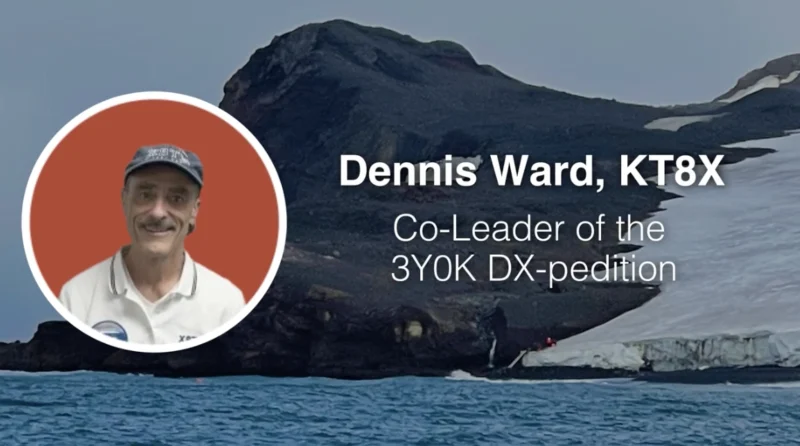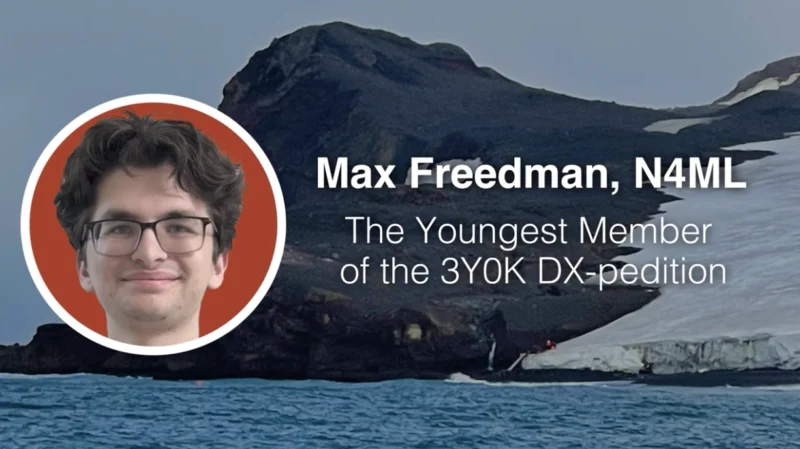An Advantage of 6.25 kHz Radios—Improved Usable Range
Improved usable range extends communication across various industries. Icom’s latest video highlights a significant advancement in radio technology that improves usable range, offered through NXDN™ 6.25 kHz radios compared to traditional 12.5 kHz models.
The video explains how NXDN radios, operating at 6.25 kHz, provide a more usable signal over the same distance as 12.5 kHz radios. This advantage, secured by reduced white noise interference in the narrower 6.25 kHz bandwidth, generates an improved usable range. The analogy of hearing whispers in a quiet versus a busy restaurant effectively illustrates how a smaller slice of the electromagnetic spectrum results in less noise power and clearer audio.
Key takeaways from the video include:
- 25 kHz radios have a three-decibel improvement in audio quality over 12.5 kHz radios.
- The smaller bandwidth of 6.25 kHz results in significantly less white noise interference.
- Icom’s IDAS radios utilize NXDN technology for enhanced communication clarity and range.
This video is a must-watch for professionals in sectors like construction and retail, where reliable and extended-range communication is crucial. Icom’s IDAS line, with its NXDN technology, emerges as a robust solution for efficient and clear communication needs.



